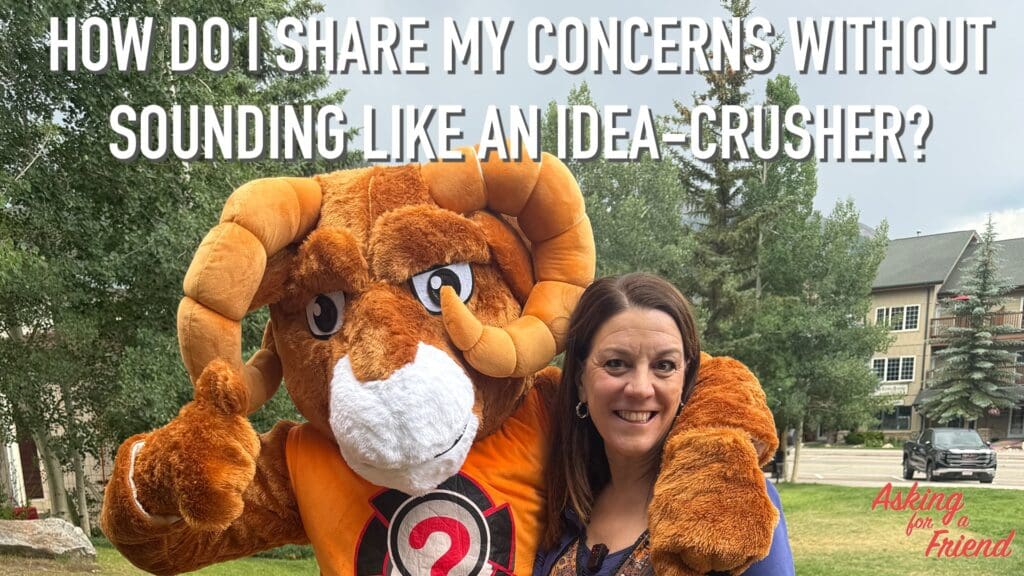Recognizing that some members of the newly formed call center engagement task force may not know each other very well, I reached for one of my favorite, go-to, get-em-talking and laughing icebreakers, two truths and a lie. My selection was met with a few “Oh, not that again” grimaces. “Ah, you’ve done that one before, huh?” Twelve heads nodded a quick yes.
I thought of the exercise I’d just read about in Lencioni’s 5 Dysfunctions of a Team Field Guide. It involves participants sharing something about their childhood that made it particularly difficult. I’ve been looking to try it, but was reluctant in an environment riddled with trust issues, particularly with a mixed group of reps, supervisors and managers.
I tipped my hand.
“A key element of trust is knowing one another at a human level. As you know, there are respect and trust issues in this center that we’re here to fix. I want to ensure you all know a bit about one another before we dive into the work. I’ve got another exercise I’ve been looking to try, but I’ve never done it before and it could be heavier than you’re ready for. How about I explain it and then you can decide?”
My explanation was met with eager, unanimous agreement to do the more difficult exercise. Before long, stories of abuse, sibling death, divorce, and poverty filled the room. Nods of understanding, words of encouragement, and knowing looks of “Me, too” quickly warmed the room. A few folks shared what was happening in their lives today.
We finished and sat for a moment silently breathing in the understanding.
After thanking them, I asked what they thought would happen if we brought any other 12 people from the center into the room for the same exercise. Everyone agreed similar stories would emerge.
So I asked the obvious question. “If you all know that people have this kind of hardship in their lives, why would you treat one another so harshly and with lack of respect?”
Again the response was unanimous.
“Because we’re strangers.”
We knew where to start our planning.
It’s tempting to assume that people want to keep their personal lives private. That we shouldn’t “go there” at work, and of course everyone has different comfort levels and strategies with such boundaries. It’s important to know that everyone in any given room has something going on that makes life hard. Making it easier to “go there” could make all the difference in the world.






Going there makes you vulnerable. Makes you humble. Makes you human. Who wouldn’t want to work with a team of vulnerable, humble, human people?
Namaste.
Steve, that’s who I want to work with for sure. Namaste.
Steve Borek, great point. Thanks. I struggle with sharing too much, because I don’t want it to ‘be about me.’ However, I feel I should model that. I find that the more I’m walking around, seeing people, it leads to being comfortable sharing real details. I know my staff appreciates it, when I let them know I really do care about their lives.
Bill, I used to be very much like that. Now I almost always err on the side of more disclosure, and I’ve found it has made a tremendous difference.
I have used the Patrick Lencioni trust building exercise many times and the same results emerged as you experienced. When we get to know our co-workers in a deeper, more personal way they absolutely transform from strangers to friends.
Thanks Karin for sharing another wonderful story!
Terri, That’s awesome to know. Thanks!
It takes courage to be a human being. Therefore, a leader’s task is to be fully human and model the “humble-ness” of human struggle for others. The awareness of our inherent vulnerability as human beings and how we need each other in this life rings true in Plato’s assertion that we “be kind, for everyone is fighting a terrible battle.”
Thank you, Karin, for sharing that important exercise. I often do such exercises in a “concentric circles” pattern.
Paul, I love the idea of doing an exercise like that in a concentric circle pattern. Cool.
In these types of situations, it’s so important that the facilitator or leader make the members feel “safe.” If they don’t feel safe, they cannot be vulnerable.
So, great job, Karin! You were able to create that safe environment even though you’d never led this exercise before!
LaRae, I so agree. Safety is vital. In facilation and in leadership. I love the Simon Sinek TED Talk: Why Good Leader Make You Feel Safe https://www.ted.com/talks/simon_sinek_why_good_leaders_make_you_feel_safe
When I first became a leader I was told you never cross the line with your people and get too involved in their personal lives. I as a matured as a leader, I learned the better people know you, the more they trust you and the more they are willing to work for your. The exercise as simple as it may seem is very impactful and the reward gained is priceless. Thank you Karen for sharing!
Bernadette, Great to see you hear. I was told the same thing. I’m in your camp.
Karen- So true, we can’t ask others to be vulnerable if we can’t do the same. I have had a few recent instances where this kind of open communication truly changed the relationships I have with my staff. It is so easy, but we are so caught up in the work that we don’t take the time to connect on a deeper level. Thank you!